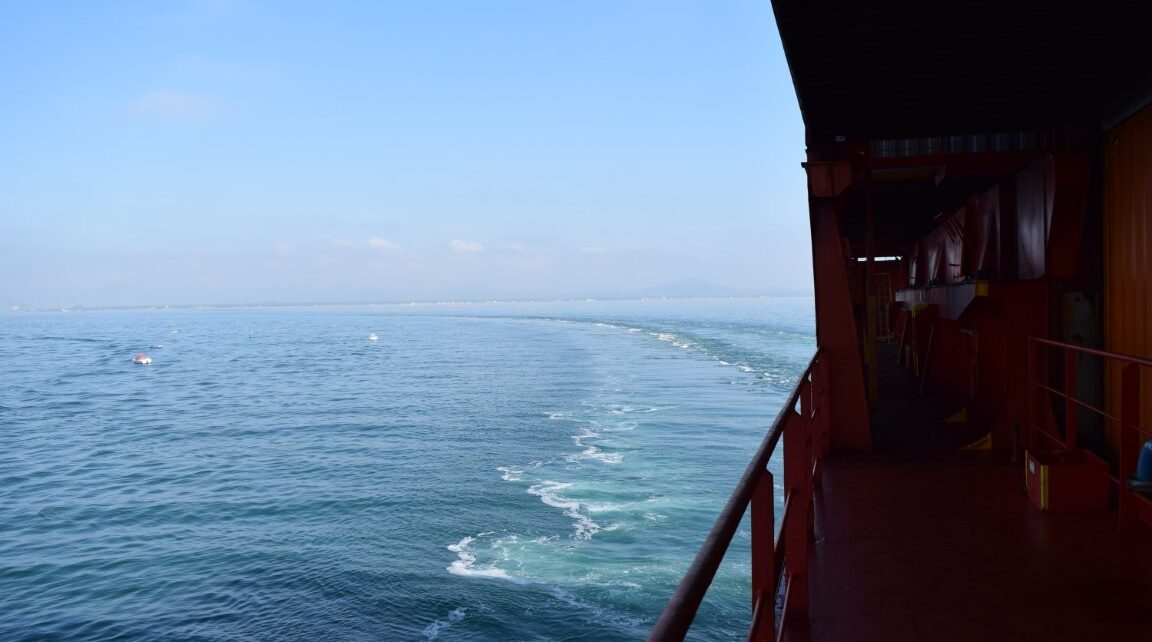If you are interested in the MARPOL annex 6 latest amendments, which were adopted by the IMO’s Marine Environment Protection Committee (MEPC) in 2021 and 2022. These amendments aim to reduce the carbon intensity of international shipping and to designate new emission control areas for sulphur oxides and particulate matter. Here is a summary of the main changes and their implications for ship owners and operators.
MARPOL annex 6 latest amendments
MARPOL Annex VI is the international convention that regulates the prevention of air pollution from ships. It covers emissions of sulphur oxides (SOx), nitrogen oxides (NOx), ozone-depleting substances, volatile organic compounds, shipboard incineration, and fuel oil quality. It also establishes emission control areas (ECAs) where stricter limits apply for SOx and NOx emissions.
In November 2020, MEPC 75 adopted amendments to MARPOL Annex VI that introduce two new measures to reduce the carbon intensity of international shipping: the Energy Efficiency Existing Ship Index (EEXI) and the Carbon Intensity Indicator (CII). These measures are part of the IMO’s initial strategy to reduce greenhouse gas emissions from ships by at least 50% by 2050 compared to 2008 levels.
The EEXI is a technical measure that requires ships to meet a minimum energy efficiency level, expressed as a reduction factor from a baseline. The EEXI applies to all existing ships of 400 gross tonnage and above, regardless of their type or size. The EEXI calculation is based on the Energy Efficiency Design Index (EEDI) methodology, but with different reference values and reduction factors for each ship type and size. The EEXI requirements will enter into force on 1 November 2022, and ships will have to demonstrate compliance by obtaining an International Energy Efficiency Certificate (IEEC) from their flag State or a recognized organization.
The CII is an operational measure that requires ships to reduce their carbon intensity, expressed as the amount of CO2 emitted per transport work. The CII applies to all ships of 5,000 gross tonnage and above, which are already required to collect and report their fuel oil consumption data under MARPOL Annex VI. The CII calculation is based on a methodology that takes into account the ship’s attained annual operational CII and the required annual operational CII. The attained CII is calculated from the fuel oil consumption data and the transport work data reported by the ship. The required CII is determined by applying a reduction factor to a reference line that represents the average carbon intensity of ships in 2019. The CII requirements will enter into effect on 1 January 2023, and ships will have to calculate their attained CII and compare it with their required CII annually. The CII will also be used to assign a rating to each ship, from A (major superior performance) to E (inferior performance). Ships with a D rating for three consecutive years or an E rating will have to implement corrective actions to improve their carbon intensity.
Both the EEXI and the CII measures will be implemented through amendments to the Ship Energy Efficiency Management Plan (SEEMP), which is a mandatory document for all ships of 400 gross tonnage and above under MARPOL Annex VI. The SEEMP will have to include information on how the ship complies with the EEXI requirements and how it calculates and monitors its CII. The SEEMP will also have to be verified by the flag State or a recognized organization.
In addition to the carbon intensity measures, MEPC 75 also adopted amendments to MARPOL Annex VI that prohibit the carriage of non-compliant fuel oil for combustion purposes on board ships, unless they are fitted with an exhaust gas cleaning system (EGCS) or an equivalent arrangement. This amendment aims to support the implementation of the 0.50% m/m limit for sulphur content in fuel oil that entered into force on 1 January 2020. The carriage ban will enter into force on 1 March 2020.
In June 2021, MEPC 76 adopted amendments to MARPOL Annex VI that designate the Mediterranean Sea as an ECA for SOx and particulate matter. This means that ships operating in this area will have to use fuel oil with a sulphur content not exceeding 0.10% m/m or employ an EGCS or an equivalent arrangement. The Mediterranean ECA will enter into force on 1 May 2024.
In November 2021, MEPC 78 adopted amendments to MARPOL Annex VI that update the abbreviated legend to the revised GESAMP Hazard Evaluation Procedure for chemical substances carried in bulk. This amendment aims to align MARPOL Annex VI with MARPOL Annex II, which regulates the control of pollution by noxious liquid substances in bulk. The amendment will enter into force on 1 November 2023.
In the year 2023, as per the MEPC 80, some more strong and solid steps are taken. More about this report can be read from here.
These amendments to MARPOL Annex VI reflect the IMO’s commitment to address the environmental impacts of shipping and to achieve its climate goals. They also pose significant challenges and opportunities for the shipping industry, which will have to adapt to the new requirements and explore innovative solutions to improve its energy efficiency and reduce its carbon footprint.



